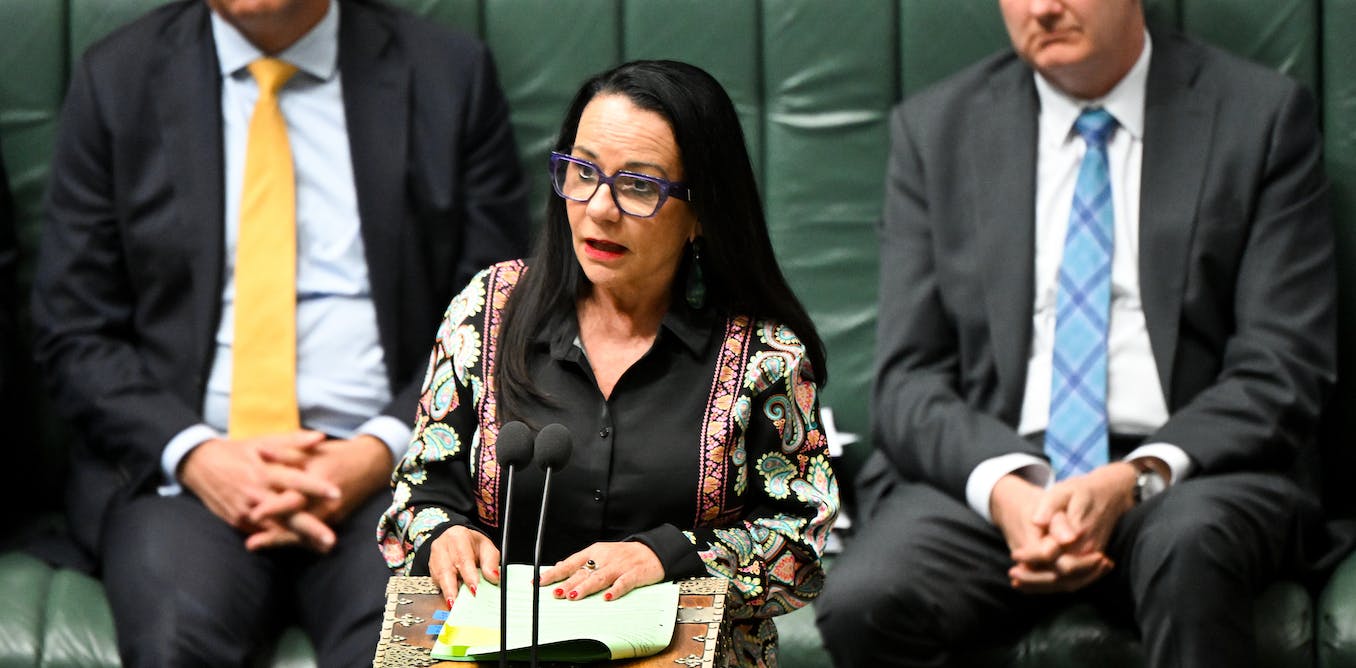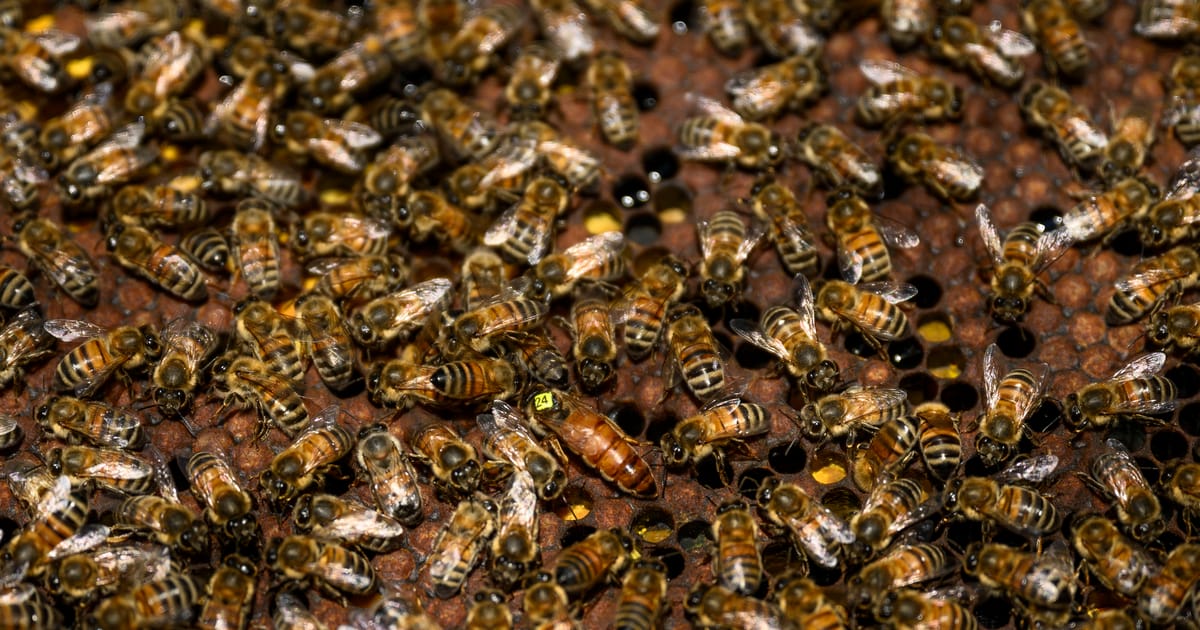In a conversation with public housing residents in the Bronx, one person remarked, “We are powerless in this system of public housing. Choices are made for us without including us in the decision-making process. New York City housing acts like we don’t matter just because we are residents of public housing.”
Depending on the condition of the home, residents are forced to live with poor insulation, mold and mildew, lead dust, pest infestation, and fossil fuel-burning appliances like gas stoves that give off harmful toxins including nitrogen dioxide.
Home should be a refuge. Yet for millions of Americans that live in public housing, home can be a minefield of toxins and health hazards driven by decades of disinvestment and disrepair that harm the air they breathe. Depending on the condition of the home, residents are forced to live with poor insulation, mold and mildew, lead dust, pest infestation, and fossil fuel-burning appliances like gas stoves that give off harmful toxins including nitrogen dioxide. Recent research shows that gas-fueled appliances even leak cancer-causing pollutants like benzene when not in use. There is new momentum at the federal level to decarbonize our buildings, and a petition filed with the U.S. Department of Housing and Urban Development (HUD) by the Public Health Law Center, WE ACT for Environmental Justice, and over 20 organizations is calling on the agency—as the nation’s largest landlord—to invest in the people the federal agency was created to help by applying whole-home upgrades that include the remediation of toxins, weatherization, proper ventilation, insulation, and electrification.
Public housing residents, who are disproportionately Black and Hispanic, are some of the most vulnerable Americans when it comes to living with the consequences of climate change. Historically, the federal government built public housing units in undesirable neighborhoods, near industrial sites, landfills, and other hazardous conditions, exposing residents to higher concentrations of industrial pollution. These neighborhoods are now on the frontlines of the worst impacts of climate change, including natural disasters like hurricanes, floods, wildfires, brutal heat waves, and cold snaps. As people in public housing attempt to take refuge indoors, the more health harms residents face.
We spend nearly 90% of our time indoors, a large chunk of that time at home. That’s why it’s so important to make sure the air we breathe indoors is healthy. Gas appliances can emit toxic pollutants like nitrogen dioxide that can be harmful to residents’ lungs. Those living with chronic health conditions like asthma, diabetes, or COPD and children with developing lungs and bodies are especially vulnerable to gas stove pollution. Studies have shown that exposure to this indoor air pollution can exacerbate and drive asthma rates and have found that children who live in homes with gas stoves are 42% more likely to experience asthma symptoms. In the U.S., over 5 million children live with asthma, yet this burden is not shared equally. Black children are nearly three times more likely to have asthma as white children, and in low-income housing areas, such as Harlem, 1 in 4 children have asthma, compared to 1 in 11 nationally.
The federal government can begin to address environmental justice issues in public housing by working to reduce indoor air pollution and the poor housing conditions that exacerbate existing health disparities faced by residents through beneficial electrification and green upgrades. Replacing gas appliances with electric alternatives, weatherizing homes, and removing toxic pollutants can drastically improve the health and quality of life for public housing residents. Electric appliances like induction stoves and heat pumps give off no pollutants, reduce safety risks, and can lower utility bills through higher efficiency. Proper kitchen ventilation can also reduce exposure to cooking-related pollutants. Children and residents with chronic health conditions will be able to breathe easier, allowing them the opportunity to succeed in school, go to work, avoid emergency health visits, and live fuller lives.
Right now, a pilot by WE ACT for Environmental Justice is studying the benefits of electrification in 20 public housing units in the Bronx, New York by replacing gas stoves with induction cooktops. The Out of Gas, In with Justice pilot is not only measuring air quality improvements, but directly engaging with residents to better understand interest in cooking with induction cooktops and residents’ perception of the change in their own health and safety. In a Boston-based study of public housing conducted by the Harvard T.H. Chan School of Public Health, nitrogen dioxide levels dropped by 66% in homes that moved from a gas stove to an electric stove. These studies, while a small snapshot, show a clear pathway for HUD to follow across the country to directly improve public health and provide housing that is “decent, safe, sanitary and in good repair.”
Everyone deserves an opportunity to thrive, and that begins with a healthy home. By providing beneficial electrification and finally addressing the litany of environmental health harms plaguing public housing residents, we can begin to realize a future where home can once again be a refuge, giving power back to every American, regardless of race or income.




